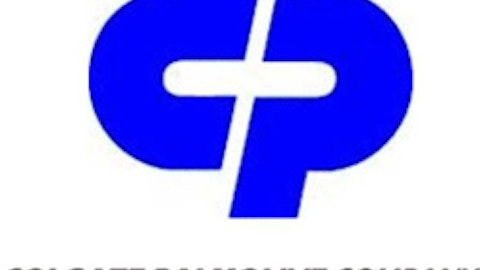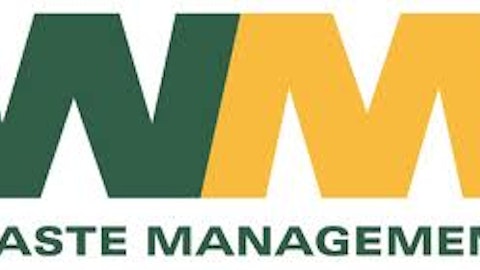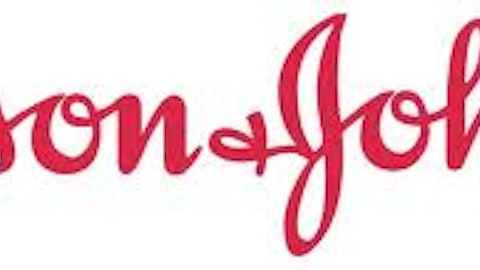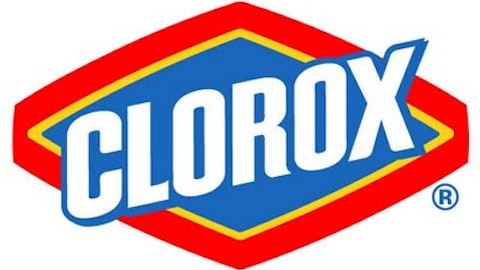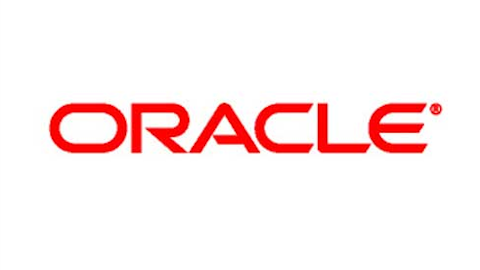Since the beginning of July, The Procter & Gamble Company (NYSE:PG) has consistently risenon the market. The company has gone from $78 per share to $81.40 per share, marking a nearly 4.4% increase in just over a month. The positive momentum is expected to continue, along with good fourth quarter sales results. Let’s take a closer look to see whether or not P&G is a decent bet for investors now.
Organic sales growth in every category with the lowest valuation
The Procter & Gamble Company (NYSE:PG) experienced a decent growth of 2% in its revenue in the fourth quarter, growing from $20.2 billion last year to nearly $20.66 billion this year. The organic sales growth was around 4%, including 2% in net sales growth and 2% in current exchange impact. All five of the company’s business segments (Beauty, Grooming, Healthcare, Fabric Care and Home Care, Baby Care and Family Care) managed to deliver positive organic sales growth in the range of 3% to 7%. The Healthcare segment enjoyed the highest organic sales growth of 7%, including 6% in net sales growth and 2% in foreign exchange impact. It was offset by a negative acquisition and divestiture impact of 1%, however.
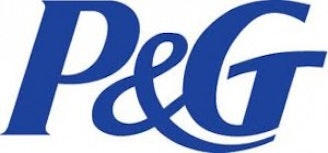
What might drive The Procter & Gamble Company (NYSE:PG)’s operating performance in the future is its current $10 billion cost-saving programs. P&G expects to save around $2 billion in overhead savings and marketing efficiencies, $2 billion in operating leverage, and as much as $6 billion in COGS savings. One of P&G’s biggest shareholders is activist investor Bill Ackman, who thought that the company’s earnings per share could reach $6 in the next three years. Ackman also estimated organic sales growth of 6% and an earnings before interest and taxes (EBIT) margin of 4%. With a simple earnings multiple of 20, P&G should be worth around $125 per share.
At its current trading price of $81.40 per share, The Procter & Gamble Company (NYSE:PG) is worth around $231.25 billion on the market. The market values P&G at nearly 17.4 times its forward earnings. Compared to other consumer giants, including Unilever plc (ADR) (NYSE:UL) and Colgate-Palmolive Company (NYSE:CL), P&G is relatively undervalued.
Unilever with the largest exposure to emerging markets
Unilever plc (ADR) (NYSE:UL) is trading at $41.50 per share, with a total market cap of $117.73 billion. The market values Unilever at 19.1 times its forward earnings. In the first half 2013, Unilever experienced growing operating performance. While the underlying sales increased by 5%, its core earnings per share rose by 4% to €0.76 ($1.01), with free cash flow of around €1.3 ($1.72) billion.
Among the three consumer companies, Unilever has the most exposure to emerging markets, which experienced a 10.3% growth in sales. Unilever derived as much as 55% of its total revenue from emerging markets, while these only accounted for 40% of total P&G revenue.
Unilever plc (ADR) (NYSE:UL) has kept expanding its footprint in emerging markets, increasing its stake in Hindustan Unilever in India. It sees rural India (home to 700 million people) as one of the biggest growth opportunities for the company.
Colgate-Palmolive – the leading global oral care business
Colgate-Palmolive Company (NYSE:CL) also has a higher valuation than P&G. It is trading at $60.90 per share, with the total market cap of $56.50 billion. The market values the company at 19.5 times its forward earnings. Colgate-Palmolive is the global oral care leader with more than 45% market share of the global toothpaste market.
In the second quarter 2013, Colgate-Palmolive managed to generate as much as 8.5% year-over-year organic sales in emerging markets, especially in Brazil, Russia, China, India and Turkey. The company reported market share gains in several big markets such as China, Russia and Brazil, along with year-over-year growth of 10% in Greater Asia/Africa.
Colgate-Palmolive also had a higher revenue percentage share than P&G at 50% from emerging markets, including Latin America, Greater Asia/Africa and Central Europe.
Income investors might prefer Unilever plc (ADR) (NYSE:UL) the most with its highest dividend yield at 3.40%. P&G ranks second with a 3% dividend yield, while Colgate-Palmolive comes in third by offering shareholders dividends with a yield at 2.20%.
With its global-leading position and growing exposure to fast-growing emerging markets, Colgate-Palmolive’s operating performance expects to increase in the future.
My Foolish take
All three global consumer giants are good picks for long-term shareholders. This is due to their market-leading positions, decent dividend yields and the potential to expand their businesses deeper into emerging markets. I like The Procter & Gamble Company (NYSE:PG) the most among the three because of its low valuation and growing operating performance. Moreover, an ongoing plan for $10 billion cost savings will improve the company’s bottom line; this will drive the company’s share price much higher in the next three years.
The article Are These Three Global Consumer Giants Good Investment Opportunities? originally appeared on Fool.com and is written by Anh Hoang.
Anh HOANG has no position in any stocks mentioned. The Motley Fool recommends Procter & Gamble and Unilever plc (ADR) (NYSE:UL). Anh is a member of The Motley Fool Blog Network — entries represent the personal opinion of the blogger and are not formally edited.
Copyright © 1995 – 2013 The Motley Fool, LLC. All rights reserved. The Motley Fool has a disclosure policy.
